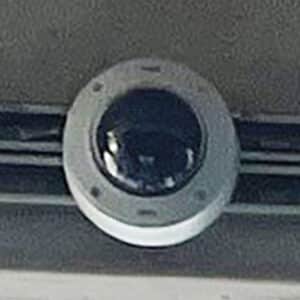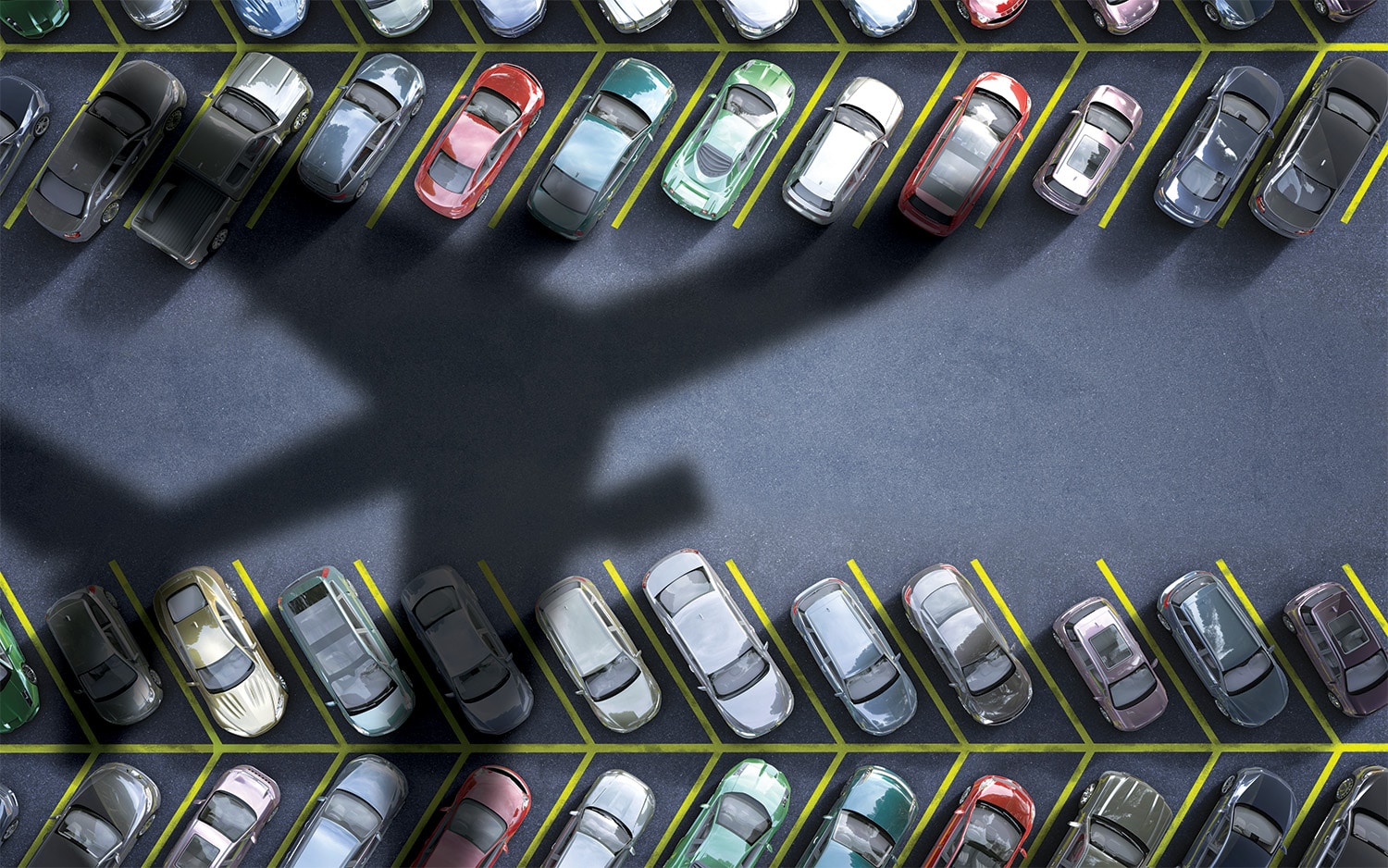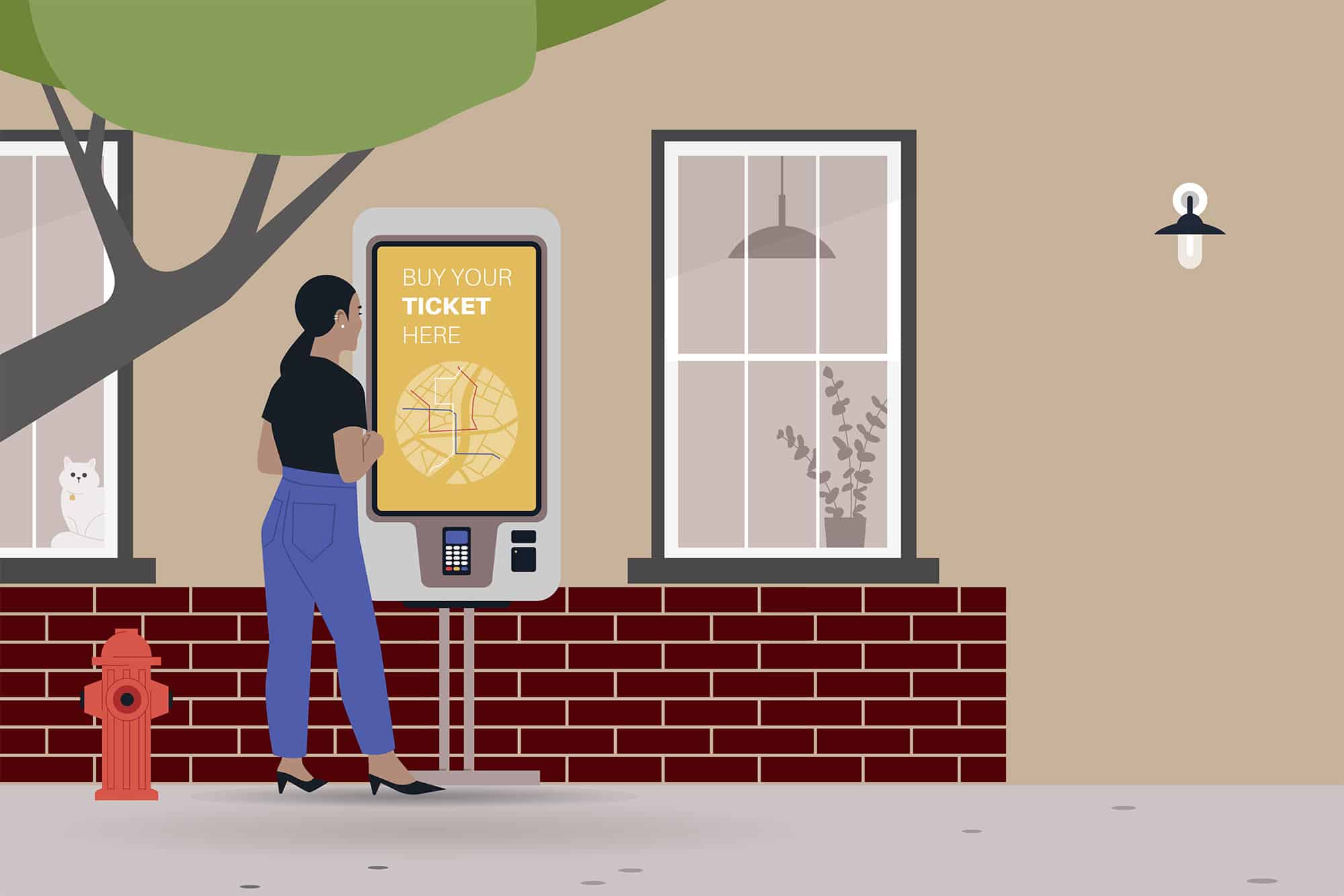
More…True Stories from the Quirky World of Parking
A Review of the Newest Book from Larry J. Cohen,
Share:
Share:
Effective parking management starts with minimizing conflict with customers through frictionless interactions. To achieve that, providers must eliminate confusion from parking lots and provide the safest, most cost-effective customer experience possible.
The need for more innovation in commercial parking programs disrupts quality improvement and fuels customer frustration. While the system may appear functional, costs grow unsustainably over time, technology maintenance becomes increasingly challenging, and customer complaints pile up.
“In state governance, something is broken for a long time before people realize the problem,” explains Bruno Lopes, Director of Parking and Station Access at the Massachusetts Bay Transportation Authority (MBTA).
Lopes saw the effects of slow change in 2014. “We were facing over six months of customer complaints not being responded to and appeals not being processed because the volumes were overwhelming.”
So, MBTA moved from “pay-by-space” to “pay-by-license plate.” This transition eliminated a series of barriers that made the parking system clunky, such as cash collection, payroll, or costs for striping space numbers.
MBTA has transformed its parking system, replacing cumbersome handheld devices and outdated “Honor Box” systems and addressing customer dissatisfaction. The new system has streamlined multiple operations through automation, resulting in a remarkable increase of more than fivefold in net operating income.
LPR cameras play a central role in parking automation. Integrated with access control systems and multiple payment methods, they allow registered vehicles to enter and exit parking lots smoothly, enabling frictionless, cashless payment. Everything happens faster, leaving no room for confusion or frustration.

“We think that’s going to give us incredible superpowers to do cooler things,” Lopes explains. “If you opt-in to pay for parking automatically, whenever the system detects your license plate, you drive into a parking lot completely frictionless. You don’t have to worry about anything. Your primary concern is driving safely in the parking lot and finding a convenient parking space every time.”
The ultimate goal is for LPR cameras to be integrated into Massachusetts’ MyCharlie system and bring the mobility marketplace to one place. This way, everything is done in the backend seamlessly, from transit passes and parking to blue bikes, public transportation, and other micro-mobility solutions.

Frictionless payment methods, particularly cashless options, offer convenience and increase payment compliance. People are more likely to pay when they have multiple options that don’t involve cash, leading to a smoother parking experience for both customers and parking operators.
Pay-by-phone is a popular cashless method widely adopted in the Boston Metropolitan Area. This payment method has become prevalent following the transition from traditional pay-per-space models to pay-by-plate systems.
But Lopes understood that not everyone was comfortable using their phones or credit cards to pay for parking. So, MBTA introduced another cashless solution, Invoice-by-Mail.
With this method, drivers can receive their invoices via mail and pay through various methods, including MBTA’s most convenient option, an online portal, bank transfers, and checks.
Invoice-by-Mail takes a non-punitive approach to enforcing parking regulations, allowing customers to pay when it’s most convenient for them, in line with local laws. This approach has helped improve compliance and increase revenue while notably reducing the number of customer complaints.
Once you choose the best technology for parking automation, getting everyone on board with the online payment path is the other crucial step for a streamlined and efficient process. Clear communication about the benefits, such as time saved and reduced hassle, can help customers understand the value of cloud-based parking solutions.
MBTA implemented various strategies to educate customers on the new system — from signage to leaflets to stationed staff onsite to provide clear and comprehensive information. These communication channels served as valuable resources for customers, enabling them to understand the changes and requirements of the updated system.
“If you can’t talk to your customers effectively, it is hard to introduce new things. It’s hard to make them adapt and adopt what you lead them to. So having convenient ways to talk to your customers is incredibly important. If I were to go back, I would also do press releases and use more social media to get the message out in the form of video with guidance,” adds Lopes, for whom communicating instructions clearly and with a widespread impact is the most effective method to encourage adoption.
The MTA is building AFC 2.0 — MBTA’s future fare collection platform that could integrate parking and transportation within one ecosystem, allowing customers to use their Charlie Card for various services seamlessly. With innovative problem-solving solutions, MBTA is heading towards continuous enforcement and continuous data collection.
Lopes explains the approach that fuels change: “The one major takeaway is if you must procure anything, do best-value procurement. That best value procurement guarantees you don’t end up with a commoditized service provider.”
When integrating LPR technology and automated payment services, choosing a system that aligns with the specific needs of your parking facility and your customer base while also focusing on innovation is essential.
Adding unnecessary complexity or manual work to an often already complicated mix of solutions only leads to exponential consumption of staffing resources. Integrating LPR and Invoice-by-Mail solutions ensures a cohesive customer experience and allows centralized control and monitoring of all parking operations.
Technology ownership is another important element to consider when transitioning to modern parking management. As you install tech, you want to opt for direct ownership to maximize operational efficiency over time and reduce reliance on a specific partner. It’s important to understand and control the technology. When selecting a partner, ensure they are agnostic to hardware, meaning in time, as camera technology improves, you can modify, add or change as you go along because technology tends to get better while pricing goes down. It’s an investment that allows you to explore new opportunities and adapt your business strategies without limitations or compatibility issues. This way, your long-term management decisions can remain focused on quality improvements, so you continue to solve mobility issues while providing the best customer experience possible.
Moreover, integrated with cloud-based management solutions, technology ownership gives you complete control over the data you collect and leaves the door open for additional integrations with third-party tools.
You can use this data to gain valuable insights, optimize operations, and implement data-driven strategies for enhancing parking management and enforcement.
Tools like Invoice-by-Mail and multiple automated payment services enhance parking management and significantly reduce operational costs. Moreover, they add extra convenience for customers, streamline operations, and, most importantly, improve compliance—directly impacting monthly revenue.
You must select and implement the right technology to match your community’s specific needs to unlock these advantages. The decision is not simple, as numerous solutions are already available, and technology continues to evolve, constantly introducing new tools. “The parking and transportation space is ripe with innovative and disruptive initiatives. This is the right time to take the leap and try new things,” concludes Lopes.
How to make the right choice? Look for the technology that enables you to develop a system meaningfully for your customers, considering mobility requirements and flexibility in payment options to encourage adoption and reach efficiency. ◆
Mike Bourre is Vice President, Sales and Marketing for Gtechna.

A Review of the Newest Book from Larry J. Cohen,

Case Study: Bringing 24/7 Customer Service to Regina International Airport

Self-Service Kiosks and the Democratization of Digital Services
Parking & Mobility is IPMI’s flagship publication, covering the news, trends, analysis, technologies, and people of the parking and mobility industry, and how it affects and influences communities around the world.
| Cookie | Duration | Description |
|---|---|---|
| cookielawinfo-checkbox-advertisement | 1 year | Set by the GDPR Cookie Consent plugin, this cookie is used to record the user consent for the cookies in the "Advertisement" category . |
| cookielawinfo-checkbox-analytics | 11 months | This cookie is set by GDPR Cookie Consent plugin. The cookie is used to store the user consent for the cookies in the category "Analytics". |
| cookielawinfo-checkbox-functional | 11 months | The cookie is set by GDPR cookie consent to record the user consent for the cookies in the category "Functional". |
| cookielawinfo-checkbox-necessary | 11 months | This cookie is set by GDPR Cookie Consent plugin. The cookies is used to store the user consent for the cookies in the category "Necessary". |
| cookielawinfo-checkbox-others | 11 months | This cookie is set by GDPR Cookie Consent plugin. The cookie is used to store the user consent for the cookies in the category "Other. |
| cookielawinfo-checkbox-performance | 11 months | This cookie is set by GDPR Cookie Consent plugin. The cookie is used to store the user consent for the cookies in the category "Performance". |
| CookieLawInfoConsent | 1 year | Records the default button state of the corresponding category & the status of CCPA. It works only in coordination with the primary cookie. |
| elementor | never | This cookie is used by the website's WordPress theme. It allows the website owner to implement or change the website's content in real-time. |
| viewed_cookie_policy | 11 months | The cookie is set by the GDPR Cookie Consent plugin and is used to store whether or not user has consented to the use of cookies. It does not store any personal data. |
| Cookie | Duration | Description |
|---|---|---|
| _ga | 2 years | The _ga cookie, installed by Google Analytics, calculates visitor, session and campaign data and also keeps track of site usage for the site's analytics report. The cookie stores information anonymously and assigns a randomly generated number to recognize unique visitors. |
| _ga_02PMHW8YWC | 2 years | This cookie is installed by Google Analytics. |
| _ga_LC0QJJHM3J | 2 years | This cookie is installed by Google Analytics. |
| _ga_V9KYTSBYT2 | 2 years | This cookie is installed by Google Analytics. |
| iutk | 5 months 27 days | This cookie is used by Issuu analytic system to gather information regarding visitor activity on Issuu products. |
| Cookie | Duration | Description |
|---|---|---|
| mc | 1 year 1 month | Quantserve sets the mc cookie to anonymously track user behaviour on the website. |
| Cookie | Duration | Description |
|---|---|---|
| ultp_view_1052 | 1 day | No description |
| ultp_view_1058 | 1 day | No description |
| ultp_view_1060 | 1 day | No description |
| ultp_view_1064 | 1 day | No description |
| ultp_view_1068 | 1 day | No description |
| ultp_view_1070 | 1 day | No description |
| ultp_view_1072 | 1 day | No description |
| ultp_view_1078 | 1 day | No description |
| ultp_view_1082 | 1 day | No description |
| ultp_view_1088 | 1 day | No description |
| ultp_view_1100 | 1 day | No description |
| ultp_view_1103 | 1 day | No description |
| ultp_view_1114 | 1 day | No description |
| ultp_view_1118 | 1 day | No description |
| ultp_view_1122 | 1 day | No description |
| ultp_view_1125 | 1 day | No description |
| ultp_view_1130 | 1 day | No description |
| ultp_view_1132 | 1 day | No description |
| ultp_view_1135 | 1 day | No description |
| ultp_view_1541 | 1 day | No description |
| ultp_view_1554 | 1 day | No description |
| ultp_view_1557 | 1 day | No description |
| ultp_view_1560 | 1 day | No description |
| ultp_view_1563 | 1 day | No description |
| ultp_view_1568 | 1 day | No description |
| ultp_view_1572 | 1 day | No description |
| ultp_view_1576 | 1 day | No description |
| ultp_view_1580 | 1 day | No description |
| ultp_view_2305 | 1 day | No description |
| ultp_view_2321 | 1 day | No description |
| ultp_view_2338 | 1 day | No description |
| ultp_view_2342 | 1 day | No description |
| ultp_view_259 | 1 day | No description |
| ultp_view_270 | 1 day | No description |
| ultp_view_275 | 1 day | No description |
| ultp_view_286 | 1 day | No description |
| ultp_view_3074 | 1 day | No description |
| ultp_view_3115 | 1 day | No description |
| ultp_view_3334 | 1 day | No description |
| ultp_view_3336 | 1 day | No description |
| ultp_view_3338 | 1 day | No description |
| ultp_view_3340 | 1 day | No description |
| ultp_view_3346 | 1 day | No description |
| ultp_view_3354 | 1 day | No description |
| ultp_view_3361 | 1 day | No description |
| ultp_view_3367 | 1 day | No description |
| ultp_view_365 | 1 day | No description |
| ultp_view_367 | 1 day | No description |
| ultp_view_38 | 1 day | No description |
| ultp_view_3846 | 1 day | No description |